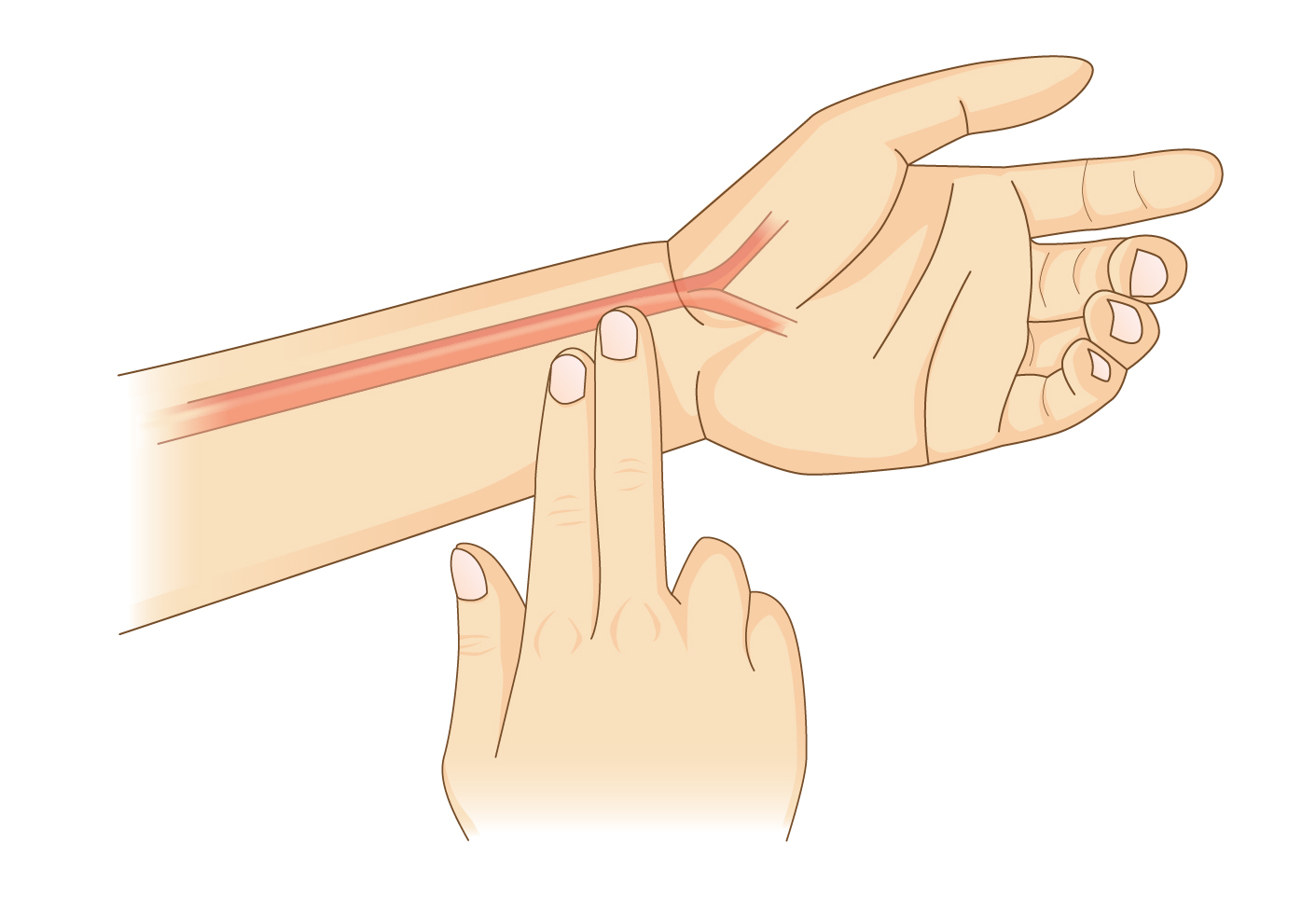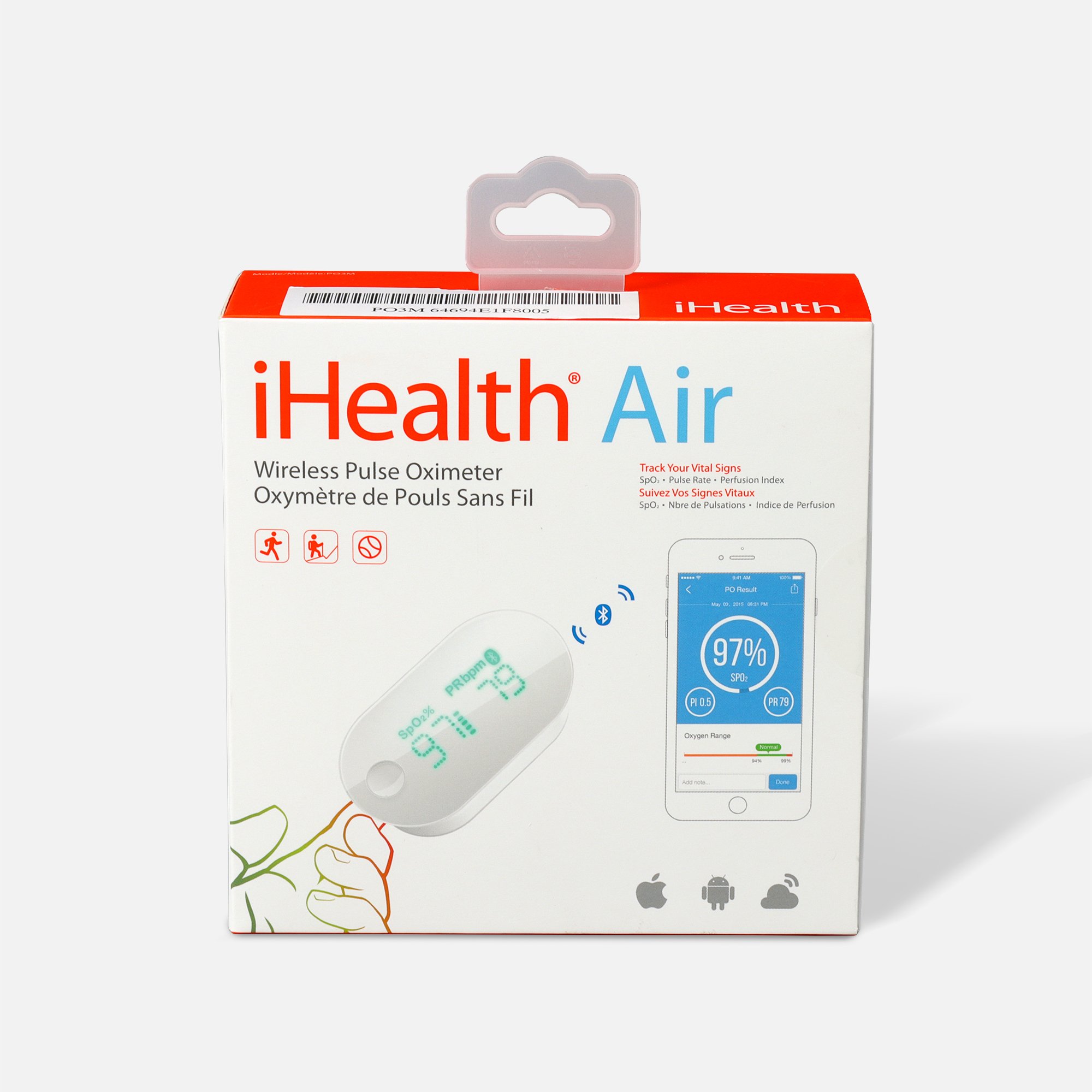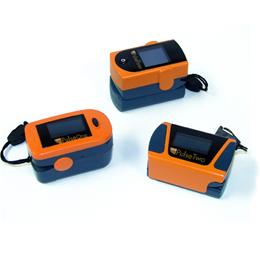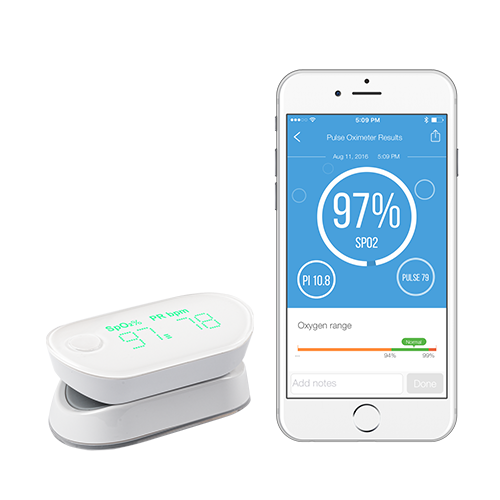Unveiling The Ihealth Wireless Pulse Oximeter - Air: Exploring Specifications, Manuals, Pros And Cons, And Common Problems
iHealth Wireless Pulse Oximeter - Air Information
the information about the iHealth Wireless Pulse Oximeter - Air:
Introduction
The iHealth Wireless Pulse Oximeter - Air is a small, lightweight device that measures your blood oxygen saturation (SpO2) and pulse rate. It is easy to use and can be worn on your finger or earlobe. The oximeter connects to your smartphone or tablet via Bluetooth, so you can track your readings over time and share them with your doctor.
Specifications
- SpO2 measurement range: 70% to 100%

- Pulse rate measurement range: 30 to 250 beats per minute

- Accuracy: SpO2: ±2%, Pulse rate: ±2bpm
- Battery life: Up to 30 hours
- Dimensions: 45 x 30 x 10mm
- Weight: 10g
Features
- Small and lightweight
- Easy to use
- Accurate measurements
- Long battery life
- Wireless connectivity
- Bluetooth 4.0 BLE
- LED display
- Perfusion index (PI) measurement
- Compatible with iHealth MyVitals app
What's in the box
- iHealth Wireless Pulse Oximeter - Air
- Lanyard
- User manual
How to use
- Download the iHealth MyVitals app on your smartphone or tablet.
- Pair the pulse oximeter with your device using Bluetooth.
- Place your finger in the oximeter's opening.
- The oximeter will start measuring your SpO2 and pulse rate.
- Your readings will be displayed on the oximeter's screen and in the iHealth MyVitals app.
Benefits of using a pulse oximeter
A pulse oximeter can be a useful tool for monitoring your health, especially if you have a chronic health condition such as COPD, asthma, or heart disease. It can also be used to track your progress during exercise or to detect altitude sickness.
Here are some of the benefits of using a pulse oximeter:
- It can help you track your blood oxygen levels, which can be a sign of respiratory problems.
- It can help you track your pulse rate, which can be a sign of heart problems.
- It can be used to detect altitude sickness.
- It can be used to track your progress during exercise.
- It is a small, lightweight, and easy-to-use device.
If you are considering using a pulse oximeter, talk to your doctor first. They can help you determine if it is right for you and can advise you on how to use it properly.
iHealth Wireless Pulse Oximeter - Air Compare with Similar Item
a comparison of the iHealth Wireless Pulse Oximeter - Air with similar items:
| Feature | iHealth Air | Zacurate 500C Elite | Innovo iP900AP Deluxe | Wellue Bluetooth Fingertip Pulse Oximeter |
|---|---|---|---|---|
| Price | $59.99 | $29.99 | $39.99 | $49.99 |
| Accuracy | CE certified | CE certified | CE certified | CE certified |
| Bluetooth connectivity | Yes | No | No | Yes |
| Display | OLED screen | LCD screen | LCD screen | OLED screen |
| Battery life | 12 hours | 30 hours | 30 hours | 30 hours |
| Memory | Stores up to 80 readings | Stores up to 20 readings | Stores up to 20 readings | Stores up to 80 readings |
| Extra features | Plethysmograph, perfusion index | SpO2 alarm, arrhythmia alarm | SpO2 alarm, arrhythmia alarm | Plethysmograph, perfusion index |
As you can see, the iHealth Air is a bit more expensive than the Zacurate 500C Elite and the Innovo iP900AP Deluxe, but it has a few additional features, such as Bluetooth connectivity and a plethysmograph. The Wellue Bluetooth Fingertip Pulse Oximeter is also a bit more expensive than the iHealth Air, but it has a longer battery life and can store more readings.
Ultimately, the best pulse oximeter for you will depend on your individual needs and budget. If you are looking for a basic pulse oximeter that is accurate and affordable, the Zacurate 500C Elite is a good option. If you are looking for a pulse oximeter with more features, such as Bluetooth connectivity and a plethysmograph, the iHealth Air is a good choice. And if you are looking for a pulse oximeter with a long battery life and the ability to store more readings, the Wellue Bluetooth Fingertip Pulse Oximeter is a good option.
Here are some additional things to consider when choosing a pulse oximeter:
- Accuracy: Make sure the pulse oximeter is CE certified, which means it has been tested and meets certain standards for accuracy.
- Features: Consider the features that are important to you, such as Bluetooth connectivity, a plethysmograph, and a SpO2 alarm.
- Price: Pulse oximeters can range in price from around $20 to $100. Set a budget before you start shopping.
- Battery life: If you plan on using the pulse oximeter frequently, make sure it has a long battery life.
- Storage capacity: If you plan on tracking your readings over time, make sure the pulse oximeter can store enough readings.
I hope this information helps you choose the best pulse oximeter for your needs.
iHealth Wireless Pulse Oximeter - Air Pros/Cons and My Thought
The iHealth Air Wireless Pulse Oximeter is a small, portable device that measures your blood oxygen saturation (SpO2) and pulse rate. It connects to your smartphone or tablet via Bluetooth so you can view your readings on a larger screen. The device also has a built-in Plethysmograph and Perfusion Index (PI) that can help you track your blood oxygen levels more accurately.
Pros:
- Wireless connectivity: The iHealth Air connects to your smartphone or tablet via Bluetooth, so you can view your readings on a larger screen. This is especially helpful if you have difficulty seeing the small display on the device itself.
- Large, easy-to-read display: The iHealth Air has a large, easy-to-read display that shows your SpO2, pulse rate, and PI. The display is also backlit, so you can easily see your readings in low-light conditions.
- Long battery life: The iHealth Air has a long battery life, so you can use it for multiple days without having to recharge it.
- Portable and lightweight: The iHealth Air is small and lightweight, so you can easily take it with you on the go.
- Accurate readings: The iHealth Air has been clinically tested and has been shown to be accurate in measuring SpO2 and pulse rate.
Cons:
- Can be difficult to attach to fingers: The iHealth Air can be difficult to attach to some fingers, especially if your fingers are small or swollen.
- Not as accurate at low SpO2 levels: The iHealth Air is not as accurate at measuring SpO2 levels when they are low. This is because the device uses a light sensor to measure SpO2, and this sensor can be less accurate at low light levels.
- Expensive: The iHealth Air is more expensive than some other pulse oximeters on the market.
User Reviews:
Overall, the iHealth Air Wireless Pulse Oximeter has received positive reviews from users. Many users have praised the device for its accuracy, ease of use, and portability. Some users have also noted that the device is helpful for tracking their blood oxygen levels during exercise or sleep.
My Thoughts:
Overall, I think the iHealth Air Wireless Pulse Oximeter is a good option for people who are looking for a portable and accurate way to measure their blood oxygen saturation and pulse rate. The device is easy to use and has a long battery life. However, it can be difficult to attach to some fingers and is not as accurate at low SpO2 levels. If you are looking for a more affordable option, there are other pulse oximeters on the market that may be a better fit for you.
Here are some other pulse oximeters that I would recommend:
- SantaMedical Finger Pulse Oximeter: This is a budget-friendly option that is still accurate and easy to use.
- Zacurate 500C Elite Fingertip Pulse Oximeter: This is a good option for active users who need a durable and portable pulse oximeter.
- Innovo iP900AP Deluxe Pulse Oximeter: This is a high-end option that offers fast readings and a variety of features.
- Wellue Bluetooth Fingertip Pulse Oximeter: This is a good option for people who want to be able to track their blood oxygen levels on their smartphone or tablet.
Ultimately, the best pulse oximeter for you will depend on your individual needs and budget. If you are looking for a portable and accurate way to measure your blood oxygen saturation and pulse rate, the iHealth Air Wireless Pulse Oximeter is a good option to consider.
iHealth Wireless Pulse Oximeter - Air Where To Buy
You can buy the iHealth Wireless Pulse Oximeter - Air and spare parts from the following retailers:
- iHealth's official website sells the oximeter for $59.99. They also sell spare parts, such as the oximeter probe, for $9.99.

- Walmart sells the oximeter for $69.99. They also sell spare parts, such as the oximeter probe, for $12.48.

- Amazon sells the oximeter for $59.99. They also sell spare parts, such as the oximeter probe, for $9.99.

- Best Buy sells the oximeter for $69.99. They also sell spare parts, such as the oximeter probe, for $12.99.

- Lowe's sells the oximeter for $69.99. They do not sell spare parts.

- eBay sells the oximeter for a variety of prices, from $49.99 to $99.99. They also sell spare parts, such as the oximeter probe, for a variety of prices.

The price of the iHealth Wireless Pulse Oximeter - Air may vary depending on the retailer and the time of year. You may also be able to find the oximeter on sale at some retailers.
If you are looking for the best price, I recommend checking out iHealth's official website or Amazon. Both retailers sell the oximeter for a competitive price and offer free shipping on orders over $25.
iHealth Wireless Pulse Oximeter - Air Problems and Solutions
some common issues and problems with the iHealth Wireless Pulse Oximeter - Air, along with expert-recommended solutions:
- The pulse oximeter is not turning on. Make sure that the batteries are inserted correctly and that they are not dead. You can also try pressing and holding the power button for a few seconds to reset the device. If the pulse oximeter still does not turn on, you may need to contact iHealth customer support for assistance.
- The pulse oximeter is not reading my pulse or oxygen levels accurately. There are a few things that can affect the accuracy of a pulse oximeter reading, such as:
- Movement: If you are moving around too much, the pulse oximeter may not be able to get an accurate reading. Try to keep still while the pulse oximeter is reading your pulse and oxygen levels.
- Poor circulation: If you have poor circulation, the pulse oximeter may not be able to get an accurate reading. This is more common in people with certain medical conditions, such as diabetes or peripheral artery disease.
- Skin pigmentation: The pulse oximeter uses light to measure your pulse and oxygen levels. If you have dark skin, the pulse oximeter may not be able to get an accurate reading. This is because the light is more likely to be absorbed by the dark skin, making it difficult for the pulse oximeter to detect the changes in blood oxygen levels.
- Fingernail polish: If you have nail polish on, it can also affect the accuracy of the pulse oximeter reading. This is because the nail polish can block the light from the pulse oximeter, making it difficult for the device to detect the changes in blood oxygen levels.
If you have tried all of the above and the pulse oximeter is still not reading your pulse or oxygen levels accurately, you may need to contact iHealth customer support for assistance.
- The pulse oximeter is giving me an error message. If the pulse oximeter is giving you an error message, the first thing you should do is check the user manual to see what the error message means. The error message may be telling you that the batteries are low, that the pulse oximeter is not properly calibrated, or that there is another problem with the device. If you cannot find the meaning of the error message in the user manual, you may need to contact iHealth customer support for assistance.
Here are some additional tips for using the iHealth Wireless Pulse Oximeter - Air:
- Clean the pulse oximeter regularly. The pulse oximeter should be cleaned with a soft, damp cloth. Do not use harsh chemicals or cleaners, as these can damage the device.
- Store the pulse oximeter properly. When you are not using the pulse oximeter, store it in a cool, dry place. Do not store the pulse oximeter in direct sunlight or in extreme temperatures.
- Replace the batteries regularly. The batteries in the pulse oximeter should be replaced every 6 months. You can find replacement batteries on the iHealth website or at most major retailers.
I hope this helps!



Comments
Post a Comment